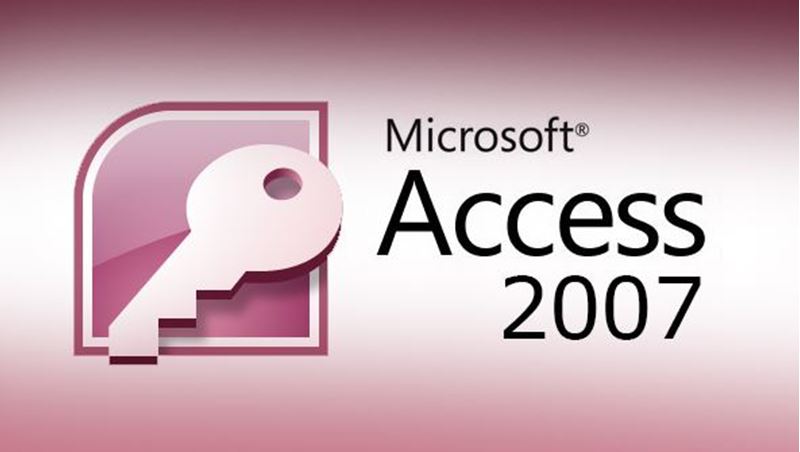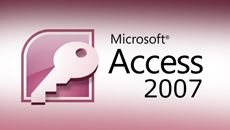- Delivery Method Online
- Professional Certificate
- 24hrs Suggested Study Time
- 3 Months Access
- Tutor Support
- Study On Any Device
- 3097 Students
Microsoft Access 2007 Intermediate

Expand your Microsoft Access 2007 skills to build better, more user-friendly Access databases.
Microsoft Access 2007 database developers need the technical knowledge and skills to design databases that use multiple related tables. At the same time, good developers must know how to hide some of these underlying complexities so their completed products are pleasant to use.
In this course, you'll master the tools and techniques required to create user-friendly Access 2007 databases. You'll learn to design one-to-many and many-to-many databases and create queries, forms, and reports to reflect those relationships. You'll find out how to create a switchboard form, change database settings, and use macros to make a database easy and intuitive enough for even a computer novice to use.
Courses are delivered to you through expertly executed lessons, online instruction and interaction with like-minded students. Our courses are designed to deliver all of the benefits of studying in a classroom whilst giving you the flexibility to study at a time and place to suit your needs. You can access your classroom 24/7 from any device with an internet connection.
This course has a 3 month duration. You'll complete comprehensive lessons, quizzes and assignments before submitting your final exam at the end of the course to achieve your certificate. Courses must be completed within the 3 month access period.

Alan Simpson
With over 100 published books to his name, award-winning author Alan Simpson is widely regarded as a computer and Internet guru. His books have been published throughout the world in over a dozen languages. Alan is a seasoned veteran of the comput... Read more
Read Alan Simpson's ProfileFrequently Asked Questions
The Learning Environment
From the moment that you enrol in the Microsoft Access 2007 Intermediate you will become an integral part of our learning community. You'll find yourself with the freedom to learn at a speed that suits you, on any device, from anywhere in the world. Achieving your career goals no longer has to mean compromising family and work commitments.
Our Values
Learn At Your Own Pace
We believe in personalised learning. That's why we provide all the tools and support you need to succeed at your own pace. With flexible learning, you'll stay motivated and retain more information. Plus, you can balance your studies with work and family commitments to make your dreams a reality.
We Won't Break The Bank
Education should be accessible to anyone who wants to learn. That's why we offer some of the most competitive prices in the industry with payments plans for just $25 per week. Investing in your future is a smart choice and doesn’t have to break the bank.
Industry-Led Courses
There's no better way to learn than from experts with years of experience in your field. That's why each of our 200+ industry-led courses are designed to give you a real-life perspective on your industry. With our expert mentors, you'll learn from people who have a wealth of knowledge and experience, and who are passionate about sharing it with you.
Get The Personal Support You Deserve
At Vibe Learning, we're real people who are dedicated to providing you with personal support every step of the way. Our industry experts are not only professional and knowledgeable but also incredibly passionate about sharing their expertise with you. With their guidance, you'll gain invaluable insights and practical knowledge to help you succeed.
Still looking?
Check out the following courses related to Microsoft Access 2007 Intermediate:




